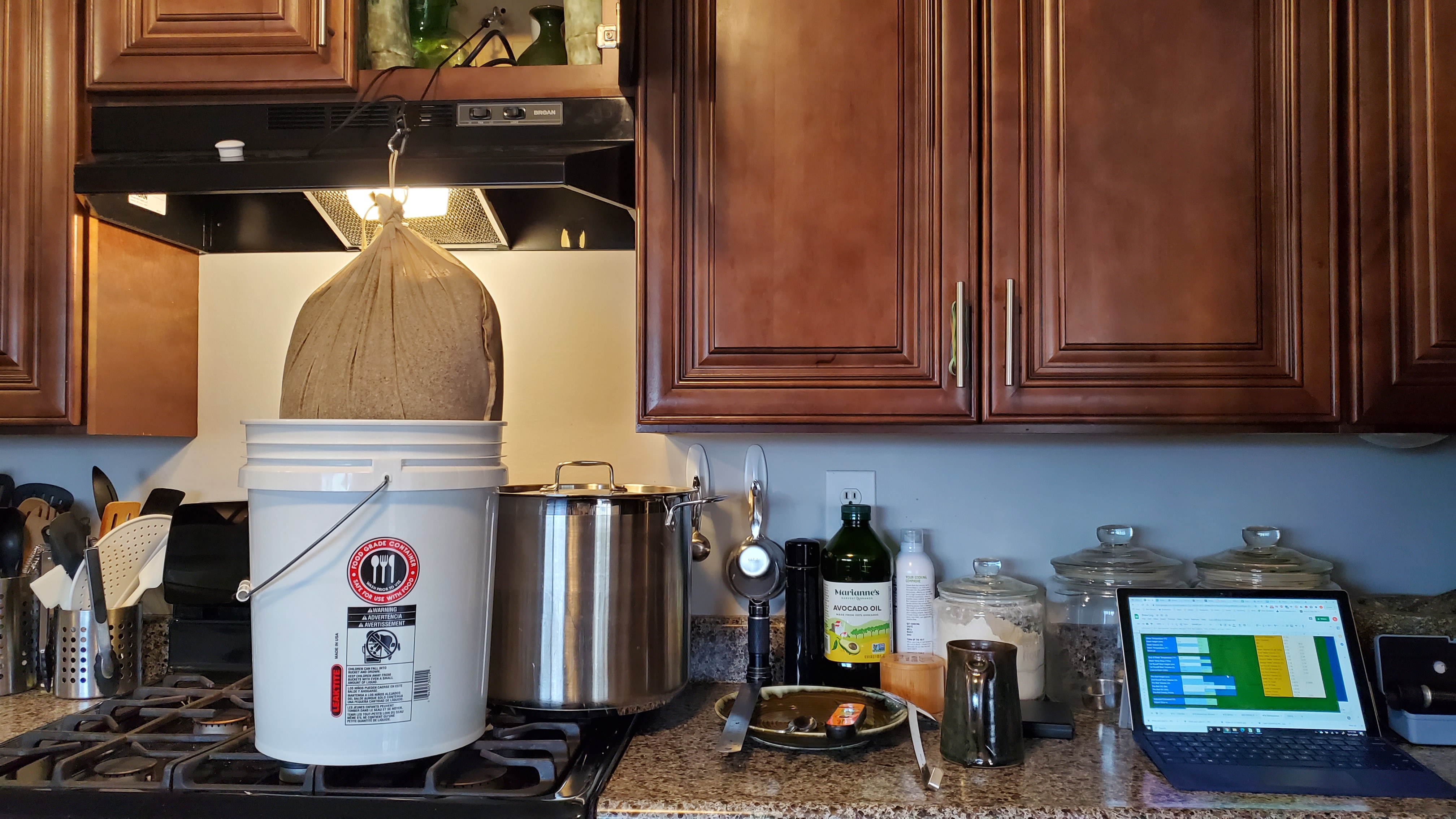Brownyard
Well-Known Member
- Joined
- Aug 19, 2020
- Messages
- 136
- Reaction score
- 64
I've got a 5 gallon pot which I've been using for extract brews. I've been thinking of trying a 5-gallon partial mash/partial boil kit, but would I be better off just diving in and doing a 3 gallon full boil all grain BIAB? I cook inside on the stove, and don't want to buy a larger kettle, as I may eventually just buy an all-in-one unit.
Will a 5 gallon kettle be large enough for the average malt bill for a 3 gallon batch?
I've read about the mesh paint bags at the hardware store. Are they a good size for this, or too big?
Also, I have a 7.9 Spiedel fermenter. Are there any issues in fermenting a batch that small with that much headspace?
Will a 5 gallon kettle be large enough for the average malt bill for a 3 gallon batch?
I've read about the mesh paint bags at the hardware store. Are they a good size for this, or too big?
Also, I have a 7.9 Spiedel fermenter. Are there any issues in fermenting a batch that small with that much headspace?



